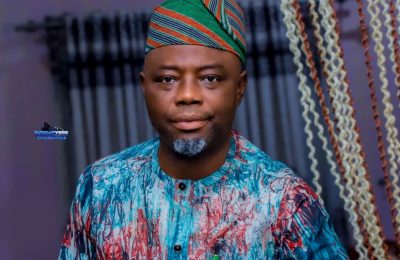

The Borno State government has revealed that it has successfully reintegrated no fewer than 8,490 repentant Boko Haram members back to the society through the Borno Model process.
It was gathered that the State’s Special Adviser on Security Affairs, Brigadier General Abdullahi Ishaq (retired), led this out on Wednesday, during an oath-taking ceremony in Maiduguri.

Abdullahi noted that the state government has successfully rehabilitated both minors and low risk individuals into society through the program aimed at reforming insurgents.
He said: “As I speak today, we have so far reintegrated a total of 8,490 low risks and minors. In the past we resettled 7,930 and now 560 people, many of them 10 years when insurgents invaded their villages and were forcefully taken away.
READ MORE: Boko Haram IED Kills 13 Borno Farmers
“There are almajirai, farmers, fishermen, and others who were forced against their will to join Boko Haram sect; so, these are low risks and minors. The community leaders came here to screen and request that we should release them to the community.
“Many of them are from Konduga, Dikwa, Ngala, Marte, Kukawa, Mobbar, Bama, Gwoza, and other LGAs.
“After this training, they will also receive starter packs at the end of the programme, before being returned to their communities that had screened them for the training.”
Confirming the development, the state’s Commissioner for Information and Internal Security, Prof. Usman Tar, told newsmen on Wednesday that 560 among the ‘repentant’ Boko Haram fighters are now considered low risks.
He said: “For the past three years, we established Borno Model for mass return of insurgents and those who were trapped in the line of violence. Today we are weaning out additional 560 returnees who are low risks and minors. They have been trained on phone repairs, mechanics, carpentry and all sorts of trades.
“This platform has been very successful, so people should not be worried because of few challenges. Office of the National Security Adviser has shown confidence in this process (Borno Model), and we are working with other state governments who are exploring ways and means of adopting our Borno Model.”








